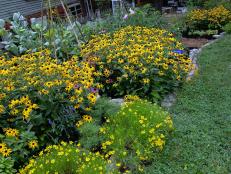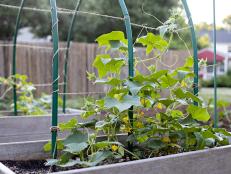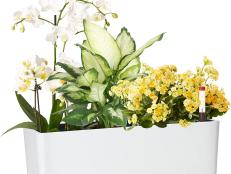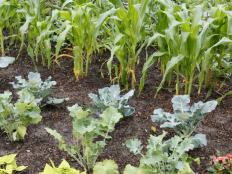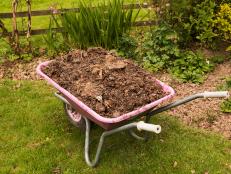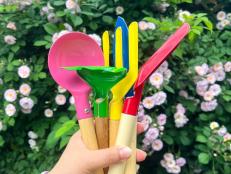What is Electroculture Gardening, Does It Work and How to Try It
Electroculture uses the power of atmospheric electricity to boost plant growth. It has a long history and many gardeners swear by it. Learn more about electroculture and how to try it in your garden.
Gardening enthusiasts are always searching for natural and innovative ways to make their gardens thrive. Electroculture offers a fascinating approach using the power of electricity. This practice has a long history and, according to its proponents, offers numerous benefits for your plants including decreasing or completely eliminating the need for fertilizers or pesticides.
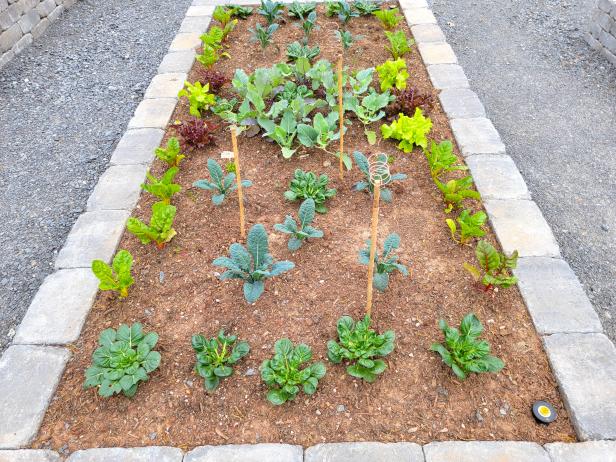
Electroculture antennas are placed in a raised bed between cabbage and other greens.
What is Electroculture?
Electroculture is a gardening method that incorporates atmospheric electricity to promote plant growth. It involves placing conductive materials, such as metal rods or wires, into the soil around plants, with the belief that they act as antennas to capture "free" energy and direct it toward the plants. The theory behind electroculture suggests that these elements can modulate subtle energy fields, influencing positive plant development. While the science has been around for a long time, it is still evolving. The concept is rooted in the understanding that plants are naturally responsive to subtle electrical signals within their environment.
History of Electroculture
The concept of using electricity to influence plant growth dates back centuries. In the 1700s, researchers began exploring the effects of electricity on plants. In the 18th century, it was noted that trees grew faster beneath the aurora borealis because of its electrical field. Throughout the 18th and 19th centuries, scientists and farmers continued exploring different electroculture techniques. World War II and the introduction of chemical fertilizers right around that same time halted most of the electroculture research. Today, popular interest in natural gardening has prompted renewed interest and studies.
How Does Electroculture Work?
The basic premise is that the cell membranes of plants can respond to and benefit from exposure to electrical currents or heightened electromagnetic fields. Common electroculture techniques include antennas, ground rods and magnetic coils. The antennas are metal wires or rods that capture energy above the plant and channel it into the soil. Ground rods are driven into the soil beside the plant to facilitate the flow of electricity. Magnetic coils are copper wire wrapped around plant stems or bases to create a concentrated electromagnetic field.
Benefits of Electroculture Gardening
Advocates of electroculture gardening claim that when an electrical current applies to a plant, it stimulates the production of plant hormones responsible for cell elongation and growth. Plants exhibit faster growth, larger yields and more abundant blooms. Additionally, electricity enhances the movement of nutrients and water within the plant, improving overall plant health. Healthier, more resilient plants are naturally better equipped to ward off pests and diseases. Proponents also suggest that electroculture may make the soil more fertile over time.
Plants That Thrive With Electroculture
While more research is needed, gardeners report success using electroculture techniques with fruit-bearing plants like tomatoes, peppers and berries. Leafy greens and root vegetables have also shown promise. Flowers that attract pollinators also fare especially well.
How to Make an Electroculture Antenna
Getting started with electroculture is relatively straightforward. The most common materials used are wooden rods and copper wire, which can be purchased in a premade kit, or you can source the wire and sticks separately.
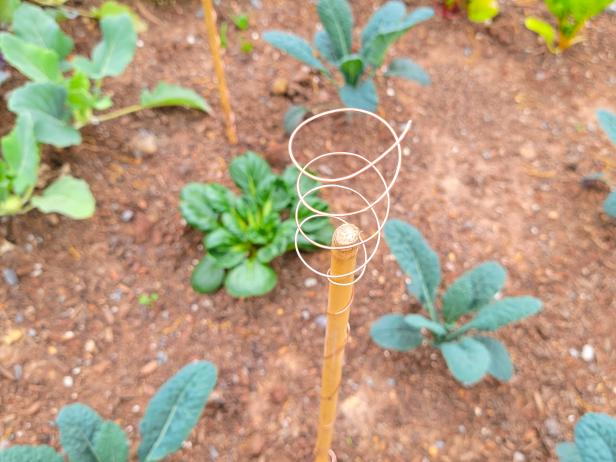
Tools and Materials:
- Insulated wire (gauge and length will depend on the intended plant size)
- A sturdy non-conductive stick or stake (we used a bamboo rod)
- small cylindrical object (a pen, small bottle, etc., with a diameter appropriate for the desired antenna size)
- scissors
1. Coil the Wire
Pull a suitable length of insulated wire off its spool. Wrap the wire clockwise around a cylinder (we used a bottle of craft paint) five times to form a tight coil. Slide the coil off, then thread it onto the non-conductive stick. Wrap the wire down the stick, spacing the wire about an inch apart. Leave six inches of a wire "tail" at the bottom of the stick to bury.

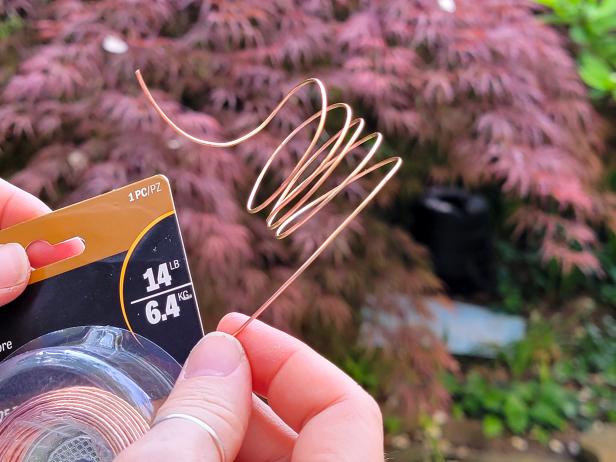
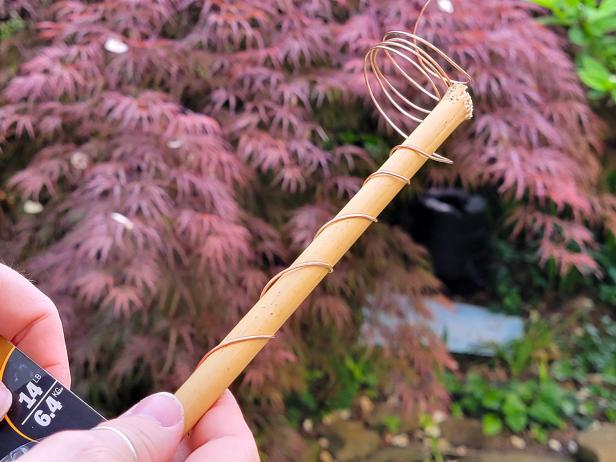
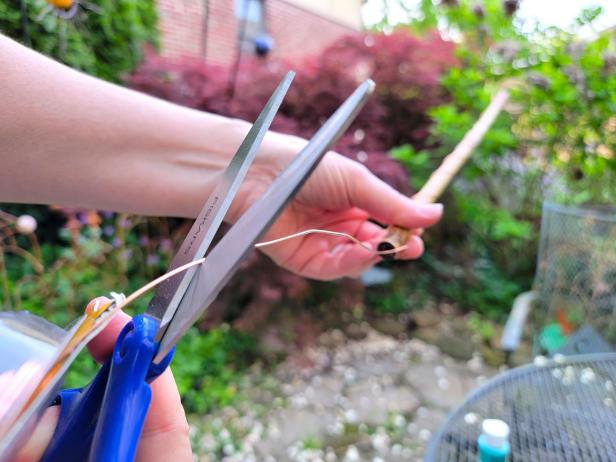
2. Install in the Garden
Choose a spot in your garden directly north of the plant you wish to influence, make sure to leave plenty of room for the plant to grow. Loosen the soil and insert the tail deep into the ground, leaving the coil and stick fully above the soil. Make sure the antenna will remain taller than the plant even at full growth.
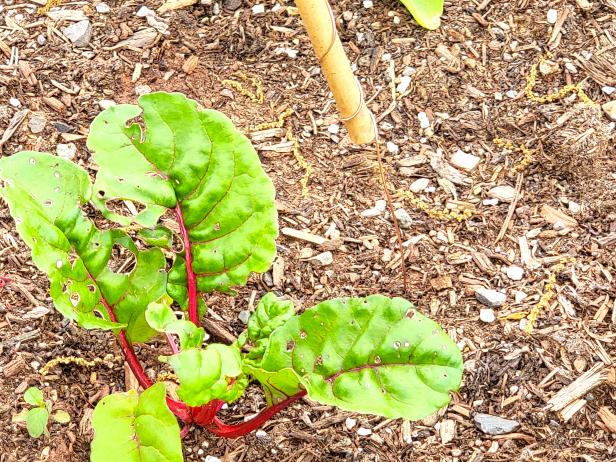
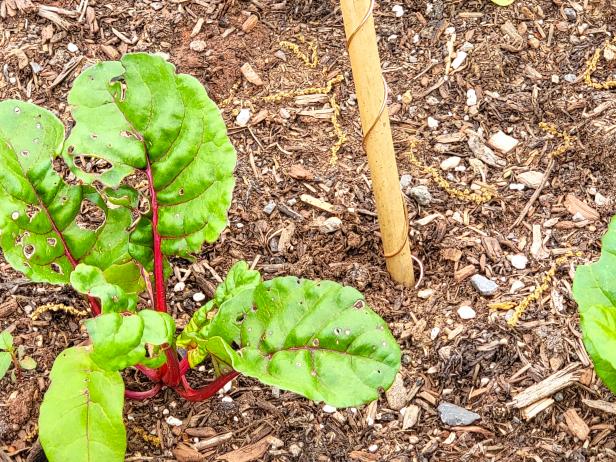

An Evolving Field With Exciting Potential
While electroculture is fascinating, it's important to note that scientific consensus on its effectiveness is still debated. More robust research is needed to fully validate the claims. But trying electoculture costs little money and the coils make for some pretty garden art. There are more advanced techniques of electroculture that employ specific frequencies and waveforms, using batteries and trellises. The field is still developing, making it exciting for gardeners to experiment, track results and share their findings.









